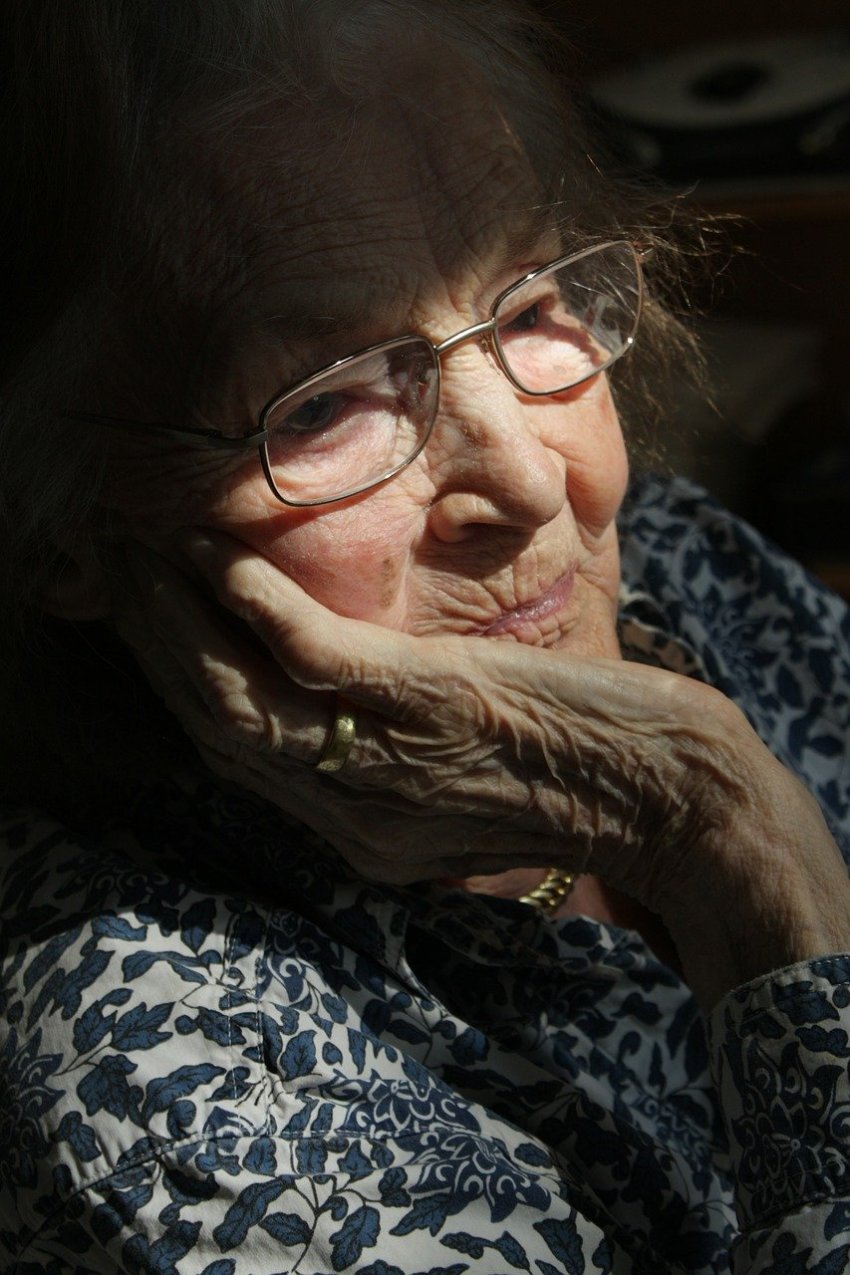
The Royal Commission into Aged Care Quality and Safety released its special report on October 1, with the commissioners laying the blame for the high COVID-19 death rate in aged-care homes squarely at the federal government. It found its actions were “insufficient” to ensure the aged-care sector was prepared for the pandemic.
To date, there have been more than 2000 cases of COVID-19 in aged-care homes nationally — the overwhelming majority in Victoria, where at least 637 people in aged care have died.
The commission made six recommendations, including setting up an aged-care advisory body and a COVID-19 plan for the sector which included protocols between state and federal governments. All too often, the commissioners said, families, providers and health-care workers did not have an answer to the critical question of who was in charge?
Commissioners Tony Pagone and Lynelle Briggs said the level of depression, anxiety, confusion, loneliness and suicide risk among aged-care residents have increased since the pandemic lockdowns began in March meaning families and close networks were unable to visit.
Monash University health professor Joseph Ibrahim has been critical of the limits of the investigation. Writing in the Conversation, he said “the report doesn’t offer us a clear picture of what went wrong and why. Importantly, its recommendations largely fall short and come too late.”
The Australian Nursing and Midwifery Federation (ANMF) welcomed the commission’s recommendations, and called on the federal government to implement them immediately to manage COVID-19.
ANMF federal secretary Annie Butler was also concerned that they didn’t go far enough to protect those living in nursing homes. “Nursing homes desperately need additional nurses and care staff to provide safe, effective care outcomes for residents, not just to enable more visitors.” Butler said it is critical for the well-being of residents that more staff are hired — as even basic needs for residents are not being met in many nursing homes.
“Our members have been on the frontline during the pandemic and have witnessed how it has stretched staff and resources even further.” She said it was also important to have the right skills mix “to cope with intensified demands and workloads.
“In Victoria, where privately-run nursing homes set their own staff ratios, there’s been more deaths and higher rates of COVID-19 than in government facilities, which have mandated minimum staffing levels, including registered nurses on every shift.”
The union supports immediate additional funding but has reiterated the need for greater transparency for that funding “because aged-care providers must be held accountable” so that the funds are used for their intended purpose — more nurses and carers.
Health Services Union national secretary Lloyd Williams said that maintaining older people’s quality of life would “reduce the strain on the aged-care workforce” and that the commission’s recommendations are what should have happened “all along”.
Williams is also concerned about funding transparency, saying while extra funds were “welcomed” during the pandemic, there is a “need to better regulate the application and acquittal processes of funding in aged care”. He said there was a need to fix the COVID-19 Aged Care Retention Bonus funding scheme to include all aged-care workers.
“To get through the pandemic safely, private aged-care homes must be compelled to mandate professional staff-to-resident ratios,” Sue Bolton, councillor for Moreland told Green Left.
Ultimately, aged care must be taken out of private hands. It is clear that where staff to patient ratios are higher, the care is better. Private providers want to make money and this is why they don’t want to hire more staff.
“Aged-care facilities should be publicly owned and managed and freely provided for from the public purse. That should be the objective, while working for immediate progressive reforms, along with strictly adhering to the essential protective virus measures,” Bolton said.